Do you have a question about the Polar Electro A1 and is the answer not in the manual?
Securely attach the transmitter to the elastic chest strap for accurate heart rate monitoring.
Fit the elastic strap snugly around the chest, below the chest muscles, ensuring proper electrode contact.
Moisten the transmitter's electrode areas to ensure good skin contact for reliable signal transmission.
Verify that the wet electrode areas are firmly against the skin and the Polar logo is upright.
Keep the wrist receiver within 3 feet of the transmitter and avoid interference for optimal performance.
Press the button to start the stopwatch; heart rate appears within 5 seconds with a flashing symbol.
Bring the wrist receiver near the transmitter's Polar logo to display elapsed exercise time.
Press the button once to stop the exercise recording and initiate file recall.
Automatically scrolls through average heart rate and total exercise time for review.
Press and hold the button when OFF is displayed to recall saved exercise files later.
Wash the transmitter with mild soap and water, rinse, and dry carefully with a soft towel.
Keep the wrist receiver clean and dry, storing the monitor in a clean, dry place to preserve function.
Estimate maximum heart rate (HRmax) using the formula: HRmax = 220 - age.
Target zone between 50-60% of HRmax for easy exercise like daily activities.
Target zone between 60-70% of HRmax for improving health, fitness, and weight loss.
Target zone between 70-85% of HRmax for strengthening aerobic fitness and endurance.
Detailed steps for replacing the wrist receiver battery, including opening, spring handling, and reassembly.
Reset the receiver by pressing the reset spring against the golden pad for 1 second after battery replacement.
Ensure the sealing ring is intact and properly seated, then test the unit's functioning after reassembly.
Consult a doctor before starting an exercise program if you have pre-existing health conditions or sedentary lifestyle.
Be aware that medications, energy drinks, alcohol, and nicotine can affect heart rate during exercise.
Listen to your body; stop or reduce intensity if experiencing unexpected pain or excessive fatigue.
Persons with pacemakers use the monitor at their own risk; consult a doctor for an exercise test before use.
| Brand | Polar Electro |
|---|---|
| Model | A1 |
| Category | Heart Rate Monitor |
| Language | English |
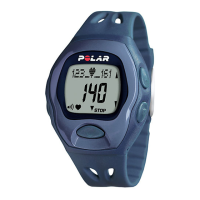
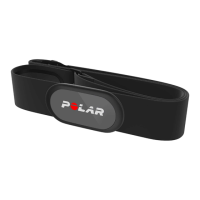
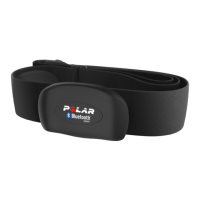
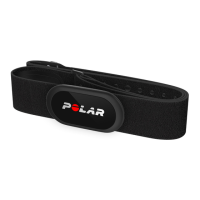

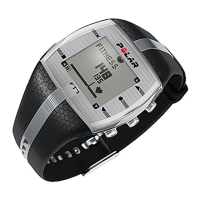
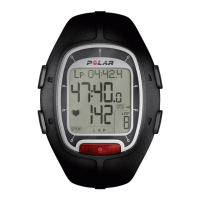
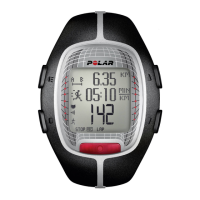
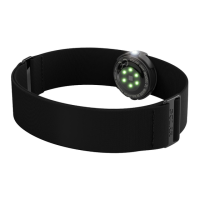
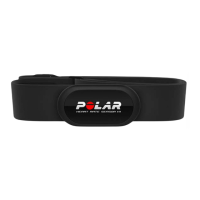
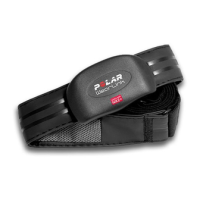
